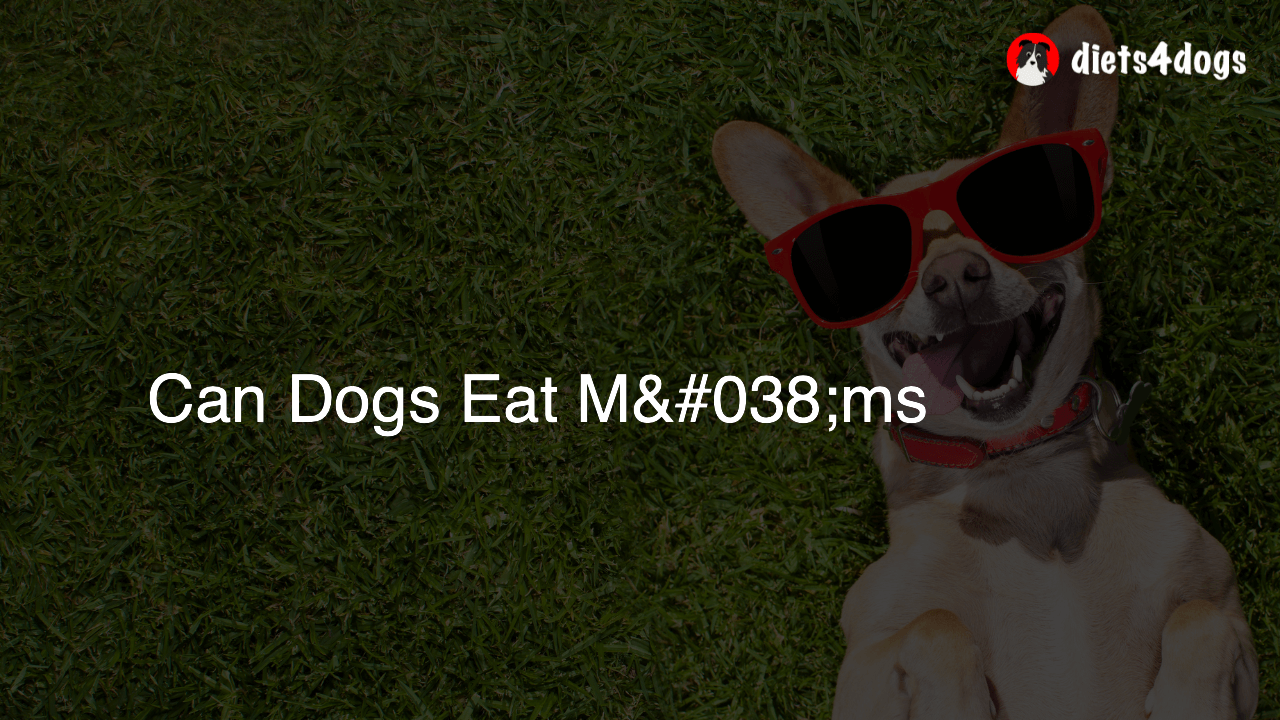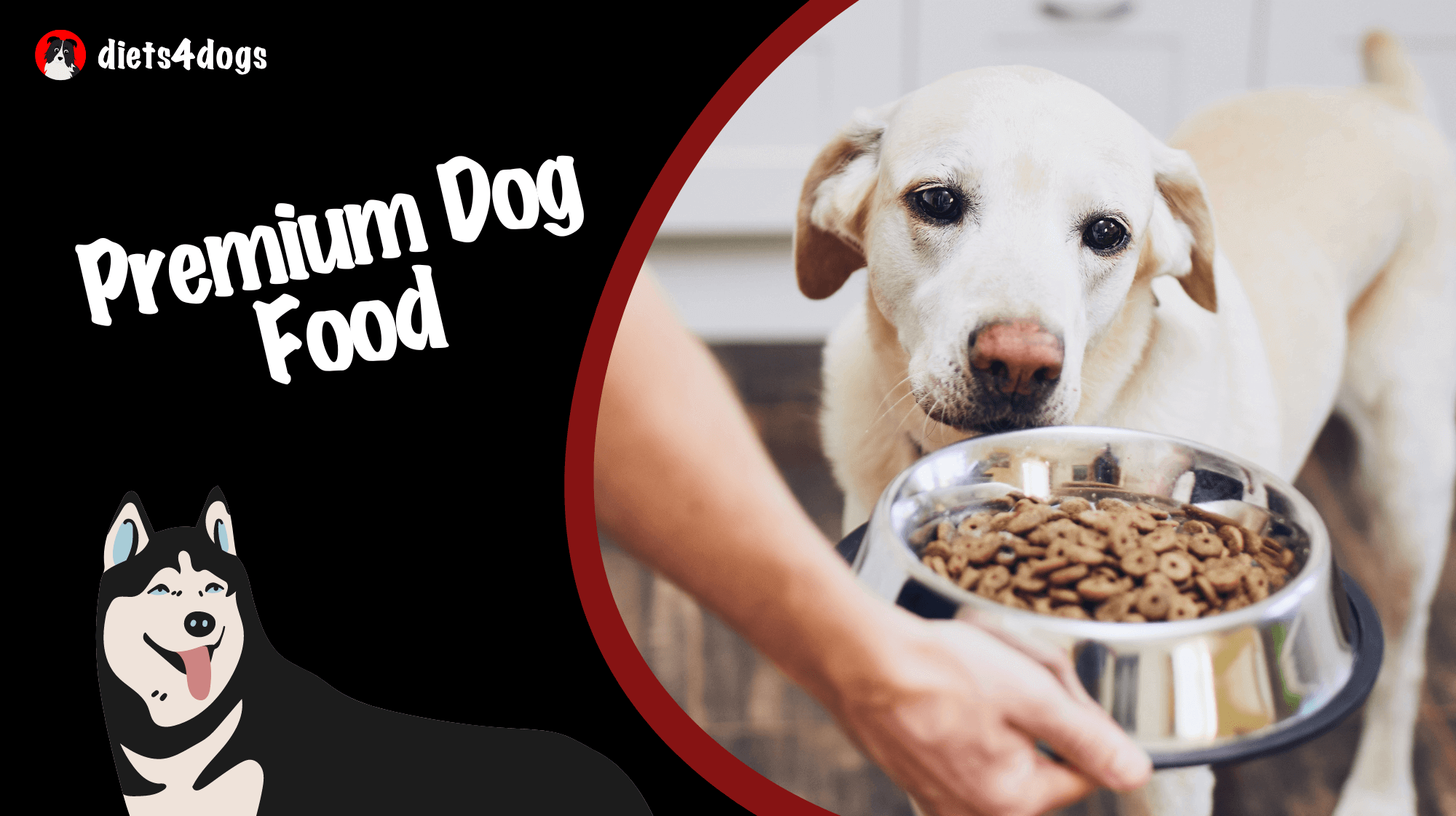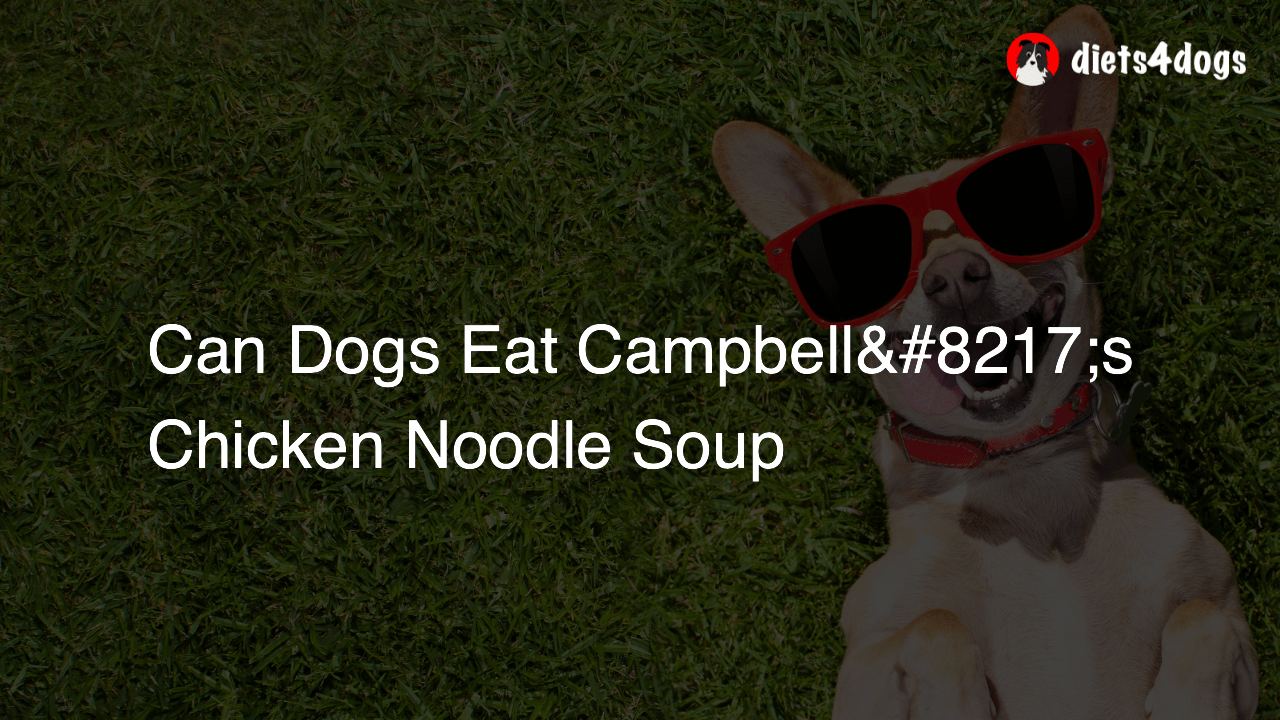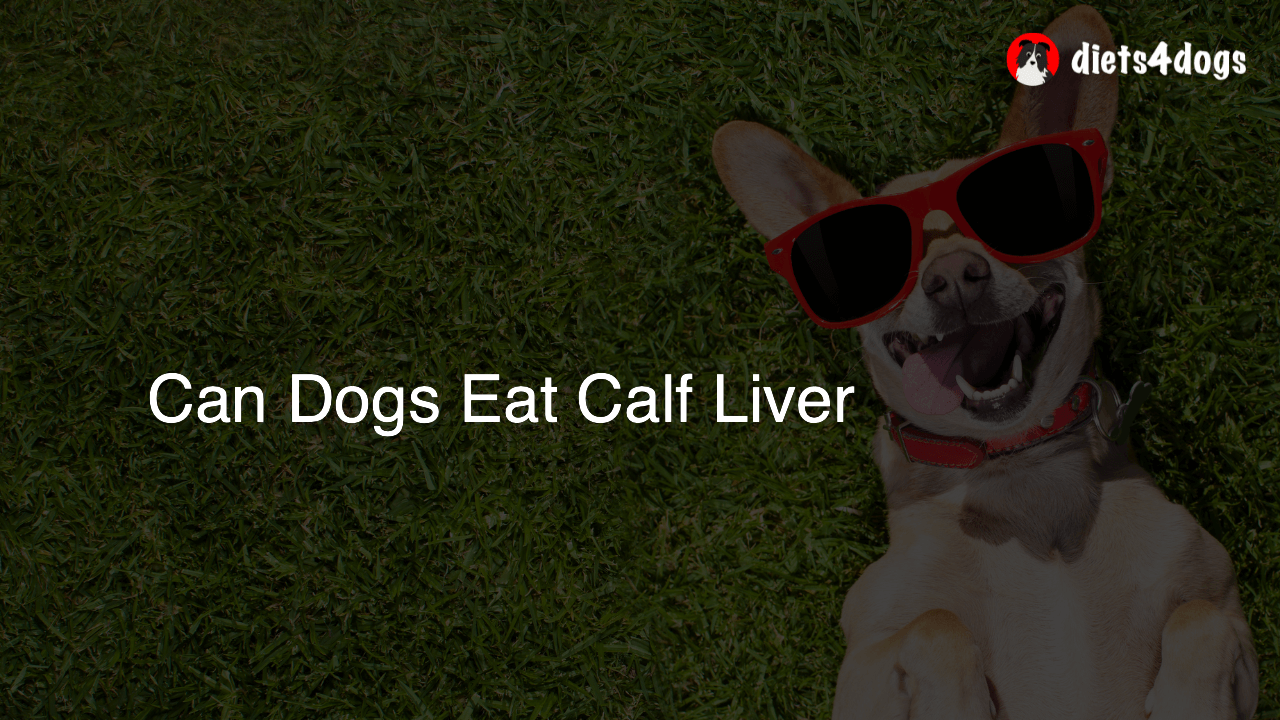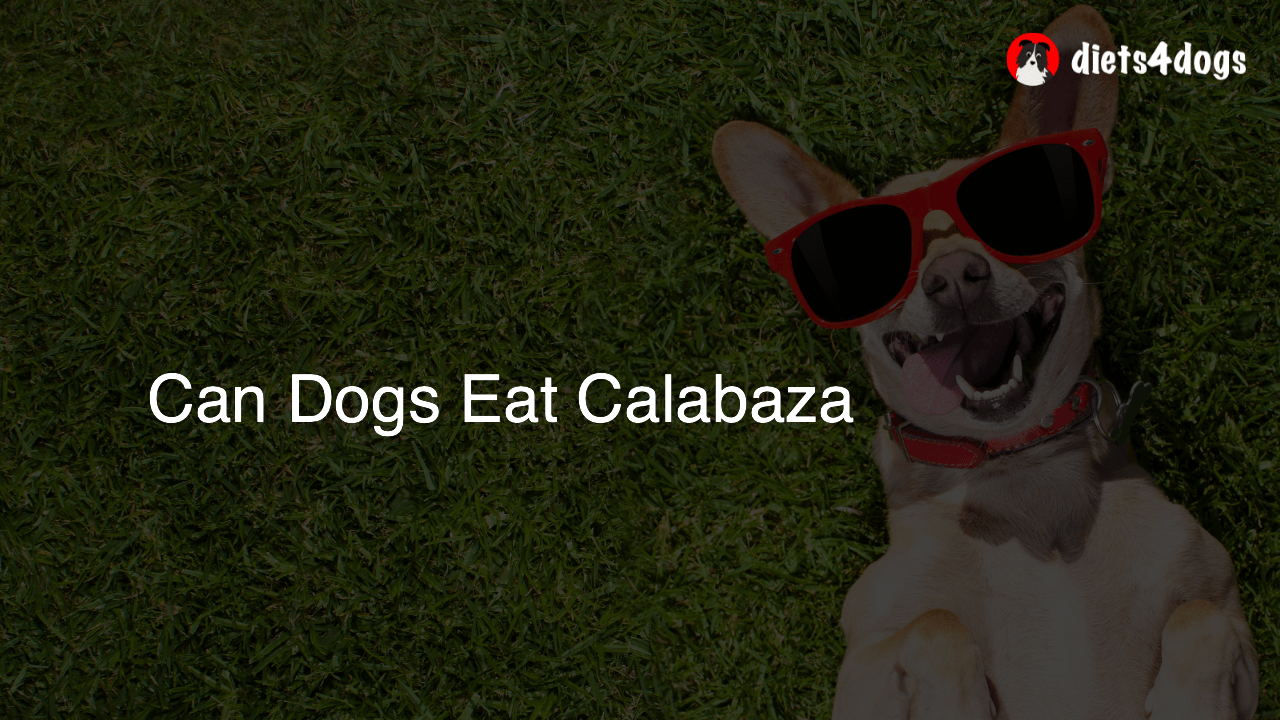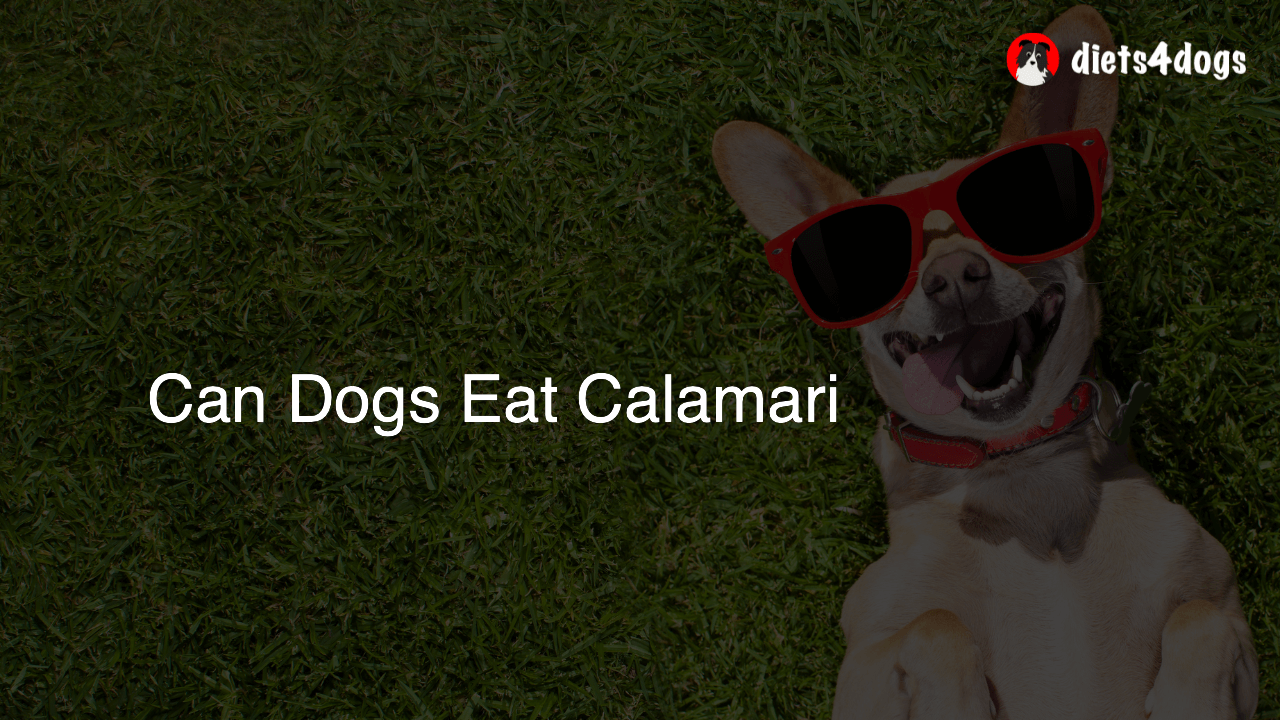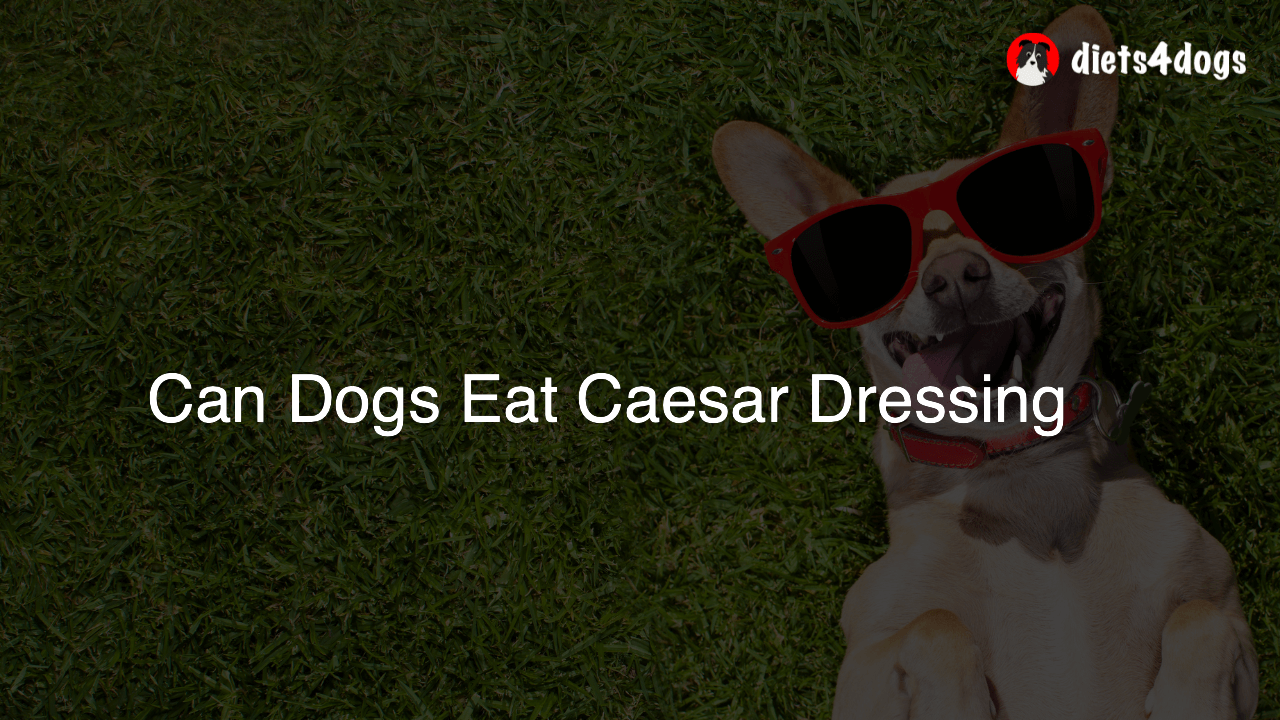Can Dogs Eat M&ms
No, dogs should not eat M&ms. M&ms contain chocolate, which is toxic to dogs due to the presence of theobromine. Consumption of chocolate can lead to vomiting, diarrhea, rapid breathing, increased heart rate, seizures, and even death in dogs. Additionally, M&ms are high in sugar, which is unhealthy for dogs and can lead to obesity, dental issues, and diabetes.
Can Dogs Eat M&ms: What You Need to Know
As responsible dog owners, we must be cautious of what we feed our beloved canine companions. When it comes to treats, it’s important to be aware of what’s safe and unsafe for them to consume. One common question dog owners ask is: can dogs eat M&ms? In this blog post, we’ll dive into the issue and provide information to help you make the best decision for your furry friend.
The Dangers of Chocolate for Dogs
Unfortunately, the quick answer to whether dogs can eat M&ms is a resounding no. One of the primary reasons for this is that M&ms contain chocolate, which is toxic to dogs. The toxic component in chocolate is called theobromine, and it’s harmful to our canine friends in even small quantities. Here are some of the risks associated with chocolate consumption in dogs:
Vomiting and Diarrhea
When a dog consumes chocolate, they may experience gastrointestinal distress, such as vomiting and diarrhea. This happens because their body is trying to rid itself of the toxic substance as quickly as possible.
Rapid Breathing and Increased Heart Rate
Theobromine can also cause a dog’s heart rate and breathing to increase significantly. Rapid heart rate and breathing can lead to serious complications and even death in severe cases.
Seizures and Death
High levels of theobromine ingestion can lead to seizures in dogs, which can sometimes be fatal. Even if seizures aren’t immediately life-threatening, they can still cause long-term damage to your dog’s health.
M&ms and Sugar: Another Reason to Keep Them Away from Dogs
Beyond the chocolate component, M&ms are also packed with sugar, which is not ideal for your dog’s health. Here are some of the problems that can arise from dogs consuming excessive sugar:
Obesity
Dogs, like humans, can become overweight from consuming too many calories. Feeding your dog sugary treats like M&ms can contribute to unhealthy weight gain and related health issues.
Dental Problems
Excessive sugar intake in dogs can lead to dental issues, such as plaque buildup and cavities. This can be painful for your dog and require expensive veterinary interventions.
Diabetes
A consistently high-sugar diet can increase the risk of your dog developing diabetes. Diabetes in dogs requires strict monitoring and treatment, as it can have severe consequences if not properly managed.
Alternative Treats for Your Dog
Although M&ms are off-limits for dogs, there are plenty of dog-friendly treat options available! Here are a few examples:
Dog Food as a Treat
Using your dog’s regular dog food as a treat can be a great option. It ensures that they are not consuming anything harmful to their health, and it helps you maintain better control over their daily calorie intake.
Vegetables
Some vegetables, like carrots and green beans, can make for healthy, low-calorie treats for your dog. They provide a crunchy texture and essential nutrients that many dogs find enjoyable.
Peanut Butter (Without Xylitol)
Most dogs love peanut butter, but be sure to double-check that it doesn’t contain xylitol, a toxic artificial sweetener. A small amount of natural peanut butter without added sugars can be a tasty reward for your pup.
To sum it up, it’s essential to remember that dogs should not eat M&ms due to the dangerous chocolate content and excessive sugar levels. Instead, opt for healthier treat alternatives to keep your canine companion safe and happy.
Recognizing the Symptoms of Chocolate Toxicity in Dogs
If your dog accidentally consumes M&ms, it’s important to be vigilant for signs of chocolate toxicity. These symptoms may not appear immediately and can take a few hours to manifest. The severity of the symptoms will depend on the amount ingested and the size of your dog. Here are some potential symptoms to watch for:
- Restlessness and pacing
- Excessive drooling
- Vomiting and diarrhea
- Rapid breathing or panting
- Incoordination or muscle tremors
- Increased heart rate and blood pressure
- Seizures
- Coma or collapse
What to Do If Your Dog Eats M&ms
If you suspect that your dog has consumed M&ms, it’s crucial to act quickly. Here’s what to do:
- Contact your veterinarian or an emergency animal clinic immediately. They can advise you on the best course of action, which may include inducing vomiting if the chocolate was ingested recently.
- Monitor your dog closely. Keep a close eye on your dog and observe them for any symptoms of chocolate toxicity. This information can help your veterinarian determine the severity of the situation and guide treatment.
- Prevent access to additional M&ms or other chocolate products. Ensure that your dog does not have access to any more M&ms or other chocolate-containing items that may exacerbate the situation.
Preventing Future M&m Incidents
As a responsible dog owner, it’s essential to be proactive about keeping your dog safe. Here are some tips for preventing your dog from consuming M&ms and other harmful foods:
Store Treats Out of Reach
Keep M&ms, chocolate products, and any other potentially harmful human foods stored securely in a cabinet or container that your dog cannot access.
Be Mindful During Holidays and Parties
Holidays and parties often involve chocolate treats like M&ms. Be extra cautious during these occasions, ensuring treats are kept out of your dog’s reach and advising guests not to feed your dog any human food.
Train Family Members and Pet Sitters
Ensure that everyone in your household, as well as any pet sitters or dog walkers, is aware of the dangers of feeding M&ms to your dog. Educate them on the importance of sticking to dog-safe treats and keeping human food out of reach.
Keeping your dog safe from harmful foods, such as M&ms, is an ongoing responsibility. Stay vigilant, educate others, and always prioritize your canine companion’s health and happiness to ensure a long, fulfilling life together.
Frequently Asked Questions
Here are some common questions and answers related to dogs and chocolate, especially M&ms, that many dog owners might ask. These will help you further understand the risks and precautions necessary to keep your canine friend safe.
1. How much chocolate is toxic to dogs?
The toxicity of chocolate varies depending on the type of chocolate and the size of your dog. In general, the darker the chocolate, the higher the concentration of theobromine, and the more dangerous it is for dogs. Even small amounts of dark chocolate or baking chocolate can be harmful. To play it safe, it’s best to avoid feeding your dog any chocolate, regardless of the quantity or type.
2. Can certain breeds of dogs tolerate chocolate?
No, all dog breeds are susceptible to chocolate toxicity. It’s important not to feed any dog, regardless of breed or size, chocolate or products containing chocolate, such as M&ms.
3. Do different colors of M&ms have varying levels of chocolate content?
No, regardless of the color, the chocolate content in M&ms is the same. All M&ms are harmful to dogs due to their chocolate content and high sugar levels.
4. What should I do if I’m unsure of how much chocolate my dog has consumed?
If you’re unsure of the quantity or type of chocolate your dog has ingested, it’s always best to consult your veterinarian or an emergency animal clinic immediately. They can provide guidance on the appropriate action to take in case of potential chocolate toxicity.
5. How long does it take for symptoms of chocolate toxicity to appear?
Symptoms of chocolate toxicity in dogs may take several hours to appear after ingestion. However, this can vary depending on the amount of chocolate consumed and the size of your dog. It’s essential to monitor your dog closely for any symptoms and contact a veterinarian if you have concerns.
6. Can dogs have white chocolate?
Although white chocolate contains significantly lower levels of theobromine compared to milk or dark chocolate, it is still not recommended for dogs. White chocolate is high in sugar and fat, which can lead to obesity, diabetes, and other health issues in dogs.
7. What other human foods should I avoid feeding my dog?
In addition to chocolate, there are several other human foods that are toxic or harmful to dogs, such as grapes, raisins, onions, garlic, macadamia nuts, and items containing xylitol (a sugar substitute). It’s essential to keep these foods out of reach and stick to dog-safe treats.
8. Can dogs have carob as a chocolate substitute?
Carob is a dog-safe chocolate substitute that does not contain theobromine. You can find carob-flavored dog treats in pet stores or online, which can be a safe alternative for your dog if they enjoy the taste of chocolate.
9. Is it safe for my dog to lick chocolate off my hands or clothes?
While a small amount of chocolate residue on your hands or clothes is unlikely to be harmful, it’s better to prevent your dog from licking chocolate altogether. Always make sure to wash your hands or change clothes after handling chocolate to avoid any accidental ingestion by your dog.
10. Can I use chocolate-scented products on my dog?
It’s crucial to ensure that any products you use on your dog, such as shampoos or grooming products, do not contain any toxic ingredients like theobromine. It’s best to choose dog-specific products that are designed with canine safety in mind. If you’re unsure, consult your veterinarian for recommendations.

